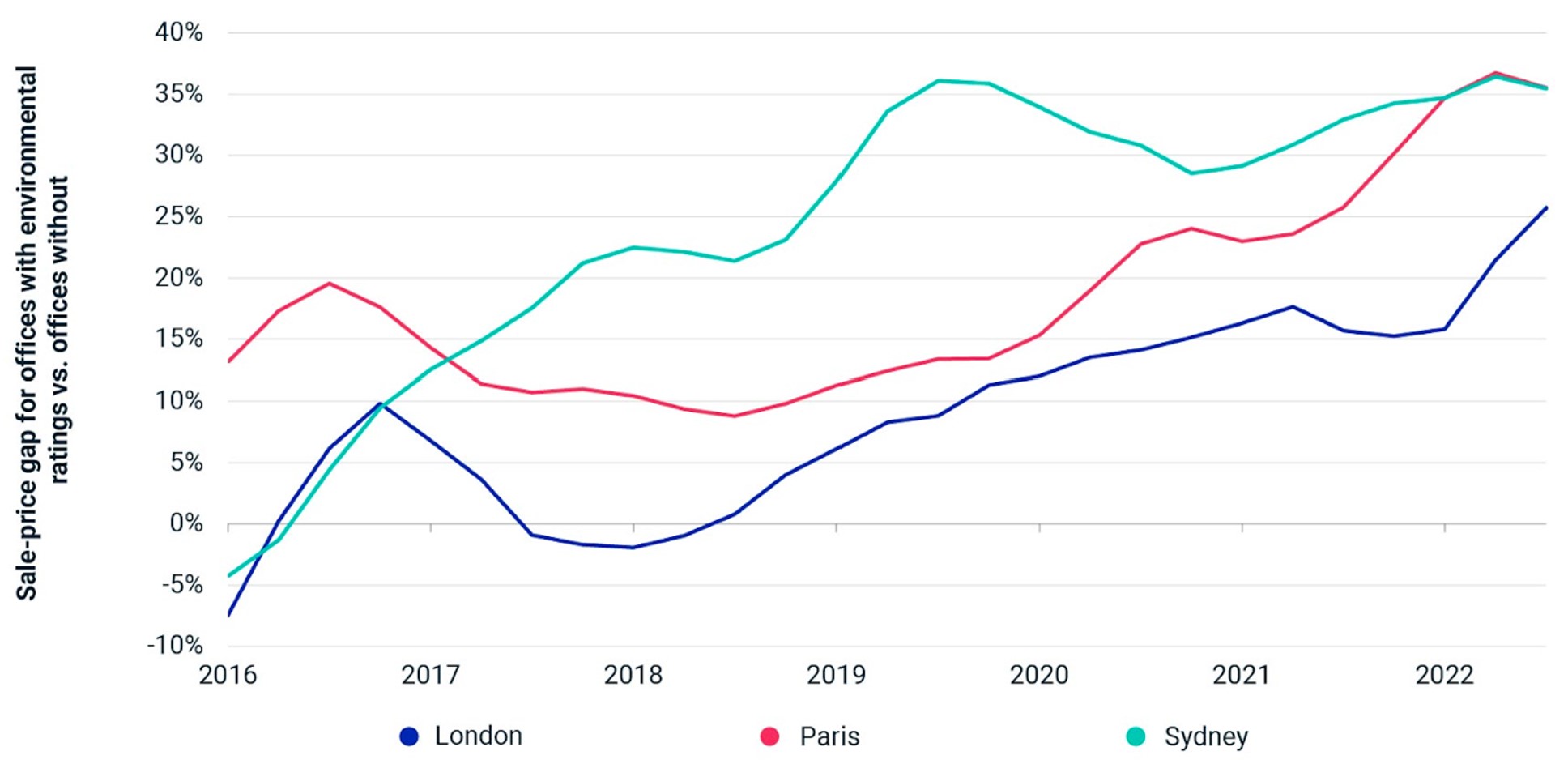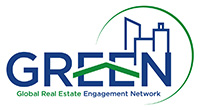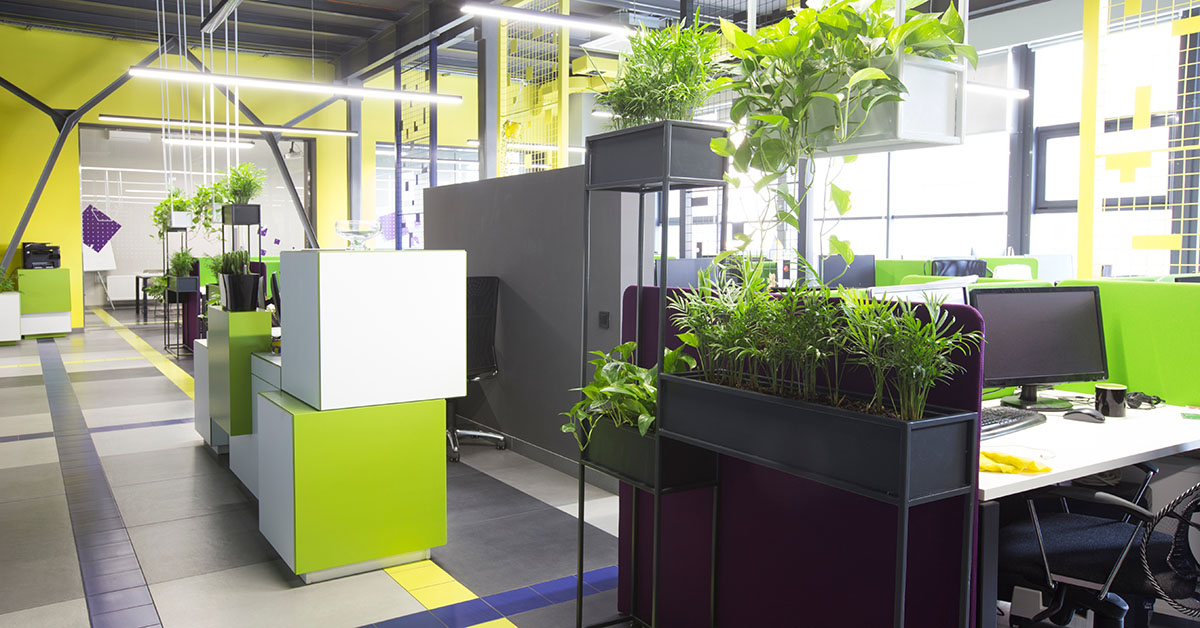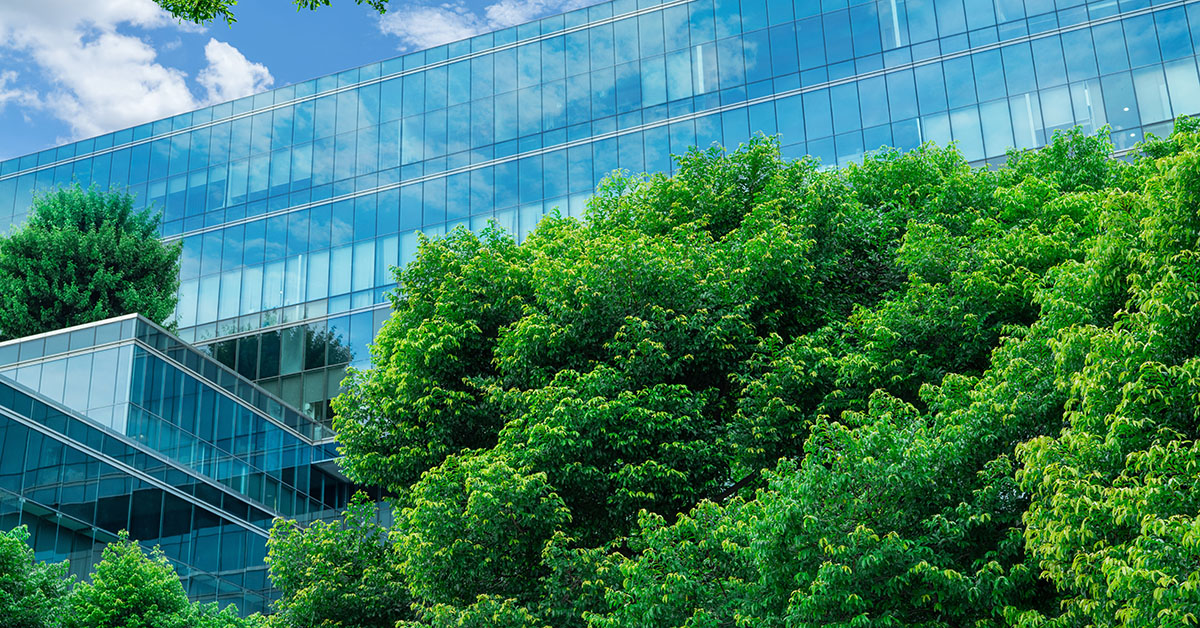Are green offices the future?
The office remains an important meeting place for employees but faces considerable challenges from an evolving regulatory landscape and changing tenant preferences. Regulators are placing new and expensive demands on office owners to achieve higher energy efficiency standards. Office workers, particularly younger generations, are expressing a greater desire to work differently including working from home as well as in more sustainable surroundings.
Longer term, the pressure to reduce carbon emissions and energy use will intensify scrutiny of all property owners, including office landlords. Evidence shows that green offices can attract a premium from tenants and investors. Are green offices the future? Linde Kattenberg, PhD Candidate at Finance, School of Business and Economics, Maastricht University, describes it in this article.
Green offices are the new standard
Office energy efficiency standards are rising. The retrofit of existing buildings, as well as the development of new buildings that utilise less energy and have lower levels of embodied carbon, is being achieved by using more sustainable and recycled building materials. Stricter regulation aimed at reaching the net-zero carbon emissions goal by 2050 is a key influence. In Europe, the EU and UK have issued directives phasing out buildings with the worst energy labels from the office stock this decade. An energy label A(+) indicates the best-performing buildings, while G-label buildings are the least energy efficient.
In the UK, with the proposed minimum standard of B-rating by 2030, owners of offices with ratings below E will not be allowed to rent or sell their offices from April 2023 onwards. In the US, the goal is to reach net-zero emissions from buildings in 2045 and to have a 50% reduction from 2022 to 2032. In the future, to realise this goal, all large, new construction or major renovations will have to be designed to be net-zero in 2030. There is also a special focus on using building materials that are less polluting, for instance, recycled material or less chemical ones.
Demand is changing
Alongside tougher regulatory demands, tenant requirements are changing. In the current tight labour market, employers must find innovative ways to attract new talent. Surveys like the Deloitte Millennial Survey reveal that younger millennial and Gen Z workers want to work for employers that have a positive impact on the environment. This demand has implications for the workplace. Energy efficient buildings considerably reduce energy consumption and thus the CO2 emissions from using the building. Additionally, the quality of an office can contribute positively to the perception of a company’s corporate image. The Jones Lang LaSalle Future of Work Survey 2022 surveyed more than 1,000 employers in 13 markets and found 77% of employers reported rising employee demand for workplaces that have a positive environmental impact. A similar proportion of employers are also willing to pay a premium for an office with green credentials.
Green offices have higher rents and sale prices
Offices with high energy efficiency standards are attracting premiums observed through both higher rents and sale prices. A recent MSCI report estimated the difference in sales prices between offices with a ‘green’ energy label, versus those that do not have one. They found that in London, Paris, and Sydney there was a positive sales price premium for more environmentally friendly offices. The premium has increased over time. Furthermore, multiple academic studies have also found a green premium for the selling price of the building, as well as for the rent in Australia[1], the United States[2], and Tokyo[3].
The literature also shows that premiums can differ according to location[4][5]. In prime locations, the green premium can be smaller because the location is the main driving factor in determining the price. In smaller markets, the green attributes of the building can be a more substantial and differentiating factor. Additionally, in places where rents are lower, the utility costs take a larger share of the rent. Therefore, a greener building can have a relatively larger effect on the rent.

London sustainability ratings are based on offices that have either BREEAM or LEED ratings; Paris based on BREEAM, LEED, HQE and BBC certifications; Sydney based on offices with NABERS ratings.
Source: MSCI, 2023 Trends to Watch in Real Assets
Green offices are more future-proof
Employee demands are shifting, including working from home, attaching greater importance to working for a purpose-driven company and working in more sustainable buildings. Governmental regulations are also placing demands on landlords to provide greener offices. Regulators want to reduce the environmental impact of building development as well as energy use by tenants. Institutional investors with an eye on long term trends in tenant demand, and physical and regulatory risk could benefit from investing in green buildings, as well as retrofitting existing buildings. Green buildings not only can help mitigate climate risk and reduce transition risk by anticipating future regulatory impacts but there is also growing evidence that they increase sales prices and rents.
Call upon other investors to collaborate to achieve real-world impact
GREEN is a not-for-profit collaborative engagement initiative for institutional investors, focusing on reducing climate risk in the real estate industry. GREEN members acknowledge the importance of collaboration to initiate change and maximize impact. We, therefore, call upon other institutional investors to join GREEN and work together towards a Paris-aligned real estate sector. Check the website of GREEN for more information.
Disclaimer
The views presented in this article reflect the views of the GREEN Secretariat but do not necessarily represent those of the individual GREEN members.
[1] Newell, G., MacFarlane, J., & Walker, R. (2014). Assessing energy rating premiums in the performance of green office buildings in Australia. Journal of Property Investment & Finance, 32(4), 352-370.
[2] Eichholtz, Piet, Nils Kok, and John M. Quigley. 2010. “Doing Well by Doing Good? Green Office Buildings.” American Economic Review, 100 (5): 2492-2509.
[3] Onishi, J., Deng, Y., & Shimizu, C. (2021). Green premium in the Tokyo office rent market. Sustainability, 13(21), 12227.
[4] Eichholtz, Piet, Nils Kok, and John M. Quigley. 2010. “Doing Well by Doing Good? Green Office Buildings.” American Economic Review, 100 (5): 2492-2509.
[5] Porumb, V. A., Maier, G., & Anghel, I. (2020). The impact of building location on green certification price premiums: Evidence from three European countries. Journal of Cleaner Production, 272, 122080.






